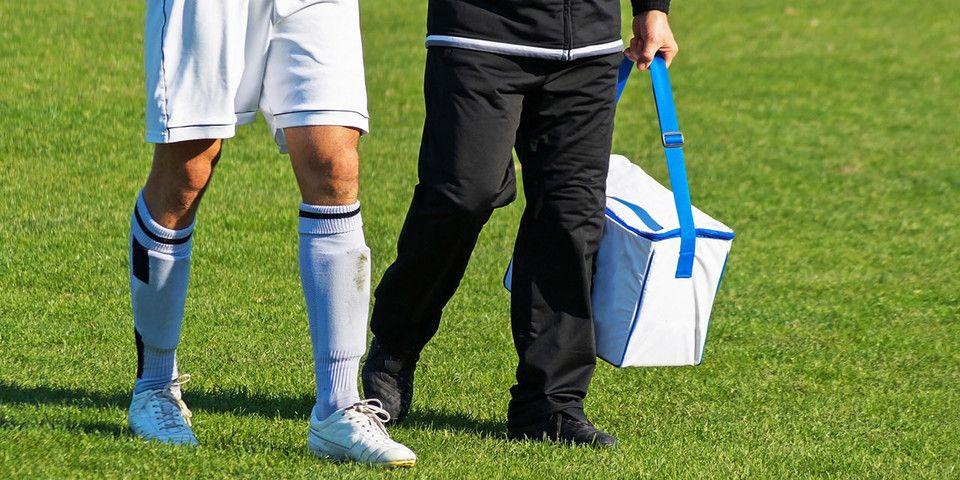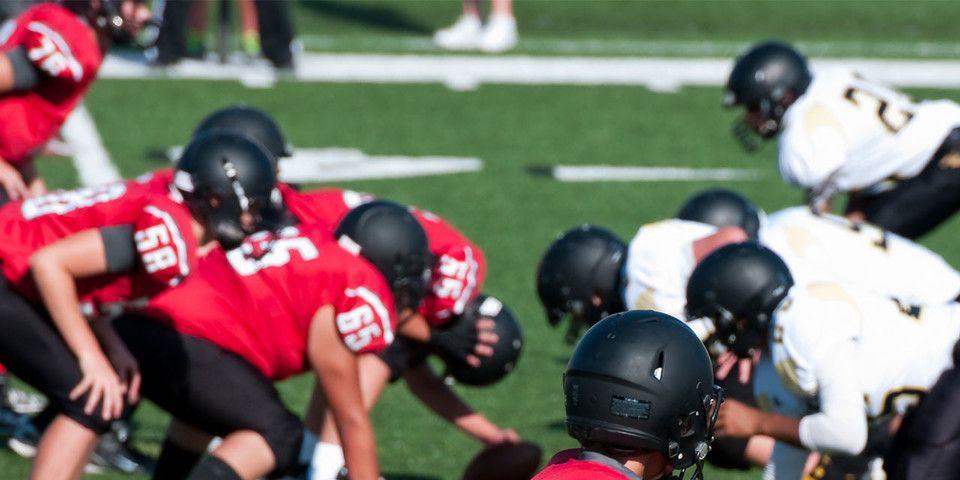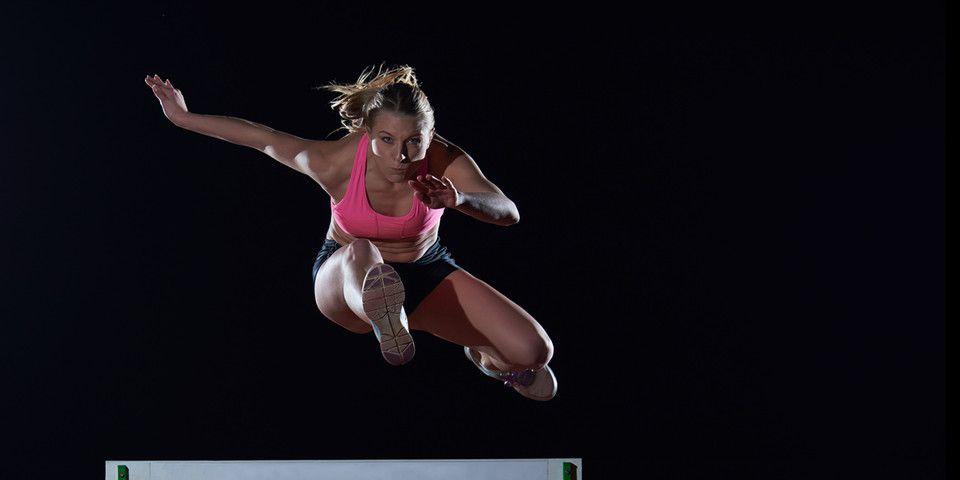Avoiding Volleyball Injuries Just Got Easier: A Four Step Guide
Avoiding volleyball injuries isn’t rocket science. Here are four easy steps!
Across the U.S., volleyball is becoming an increasingly popular sport. According to Stop Sports Injuries, almost half of a million student-athletes participate in competitive volleyball each year (and that’s just high school) and the American Academy of Orthopaedic Surgeons reports that over 180,000 volleyball-related injuries are treated each year.
It’s no wonder then that players, their parents, and their coaches are looking for tips for avoiding volleyball injuries. This fast-moving sport can be taxing for players in two primary ways:
-
Overuse injuries can develop, primarily in the shoulders.
-
Impact-related injuries can develop, primarily in the knees and fingers.
Let’s talk briefly about both of these categories of injuries and then we’ll spend some time reviewing volleyball injury prevention exercises.
Volleyball Injuries Due to Overuse
Volleyball players are required to make frequent, repetitive arm motions during the course of every game and practice. Spiking and blocking are demanding on the shoulders and many volleyball players find themselves struggling with soreness and muscle fatigue. Common volleyball shoulder injuries include rotator cuff tendonitis and shoulder impingement syndrome (pinched muscles in the shoulder).
Another common overuse injury seen in volleyball players is a strain to the lower back. In most cases, a muscle or ligament of the lower back is simply overworked and needs time to rest and rehabilitate (often with the assistance of physical therapy), but occasionally, a closer look at low back pain will reveal a more significant issue, such as a herniated disc.
Volleyball Injuries Caused by Impact
Avoiding volleyball injuries begins with being aware of the kinds of conditions volleyball players commonly face. This discussion is never complete without mention of a couple of key impact-related injuries that are no strangers to the court.
First, the fingers are especially susceptible to fractures, dislocations, and tendon and ligament tears. Whether a player is blocking, setting, or digging, the tiny, more fragile bones of the fingers are in danger anytime they come in direct contact with the ball or another player’s hands.
Next, we have to talk about common volleyball knee injuries. Outside of the dreaded anterior cruciate ligament (ACL) tear, there is patellar tendonitis to look out for. The average indoor volleyball player does an excessive amount of forceful jumping and landing on hard surfaces. That’s a recipe for strain on the patellar tendon, which connects the kneecap to the shin bone.
Avoiding Volleyball Injuries with Four Simple Steps
-
Maintain a balanced approach to sports and training:
-
Limit the number of teams on which you play during any single season
-
Play other sports or cross-train to keep your motion varied and use different muscles
-
Don’t play volleyball year round...have an off-season, even if it is short
-
-
Commit to your own improvement - physically and technically:
-
Use proper form and strength training techniques for the lower back, shoulders, and legs
-
Learn proper jumping/landing techniques
-
Be sure you are already in good physical condition at the start of each volleyball season
-
Commit to both interval and strength training during the off-season
-
-
Use common sense:
-
Always stretch/warm up prior to playing and stretch/cool down afterward
-
Always wear knee pads
-
Do not return to play after an injury unless a healthcare professional has cleared you
-
Practice “calling” for the ball to reduce the risk of colliding with another player
-
-
Check yourself and your surroundings:
-
Are you sufficiently hydrated?
-
Should you be wearing a patellar tendon strap, an ankle brace or other special equipment?
-
Do you need to have an athletic trainer tape you?
-
Do your shoes provide strong ankle and arch support?
-
Is the space above the volleyball court free of any objects (basketball nets, lights, etc.)?
-
Following the four simple steps above will be a great help in avoiding volleyball injuries. Of course, if you ever find yourself struggling with pain or immobility due to a volleyball-related condition, you know who to call! The sports medicine physicians at Rothman Orthopaedic Institute help thousands of athletes throughout the region every year. Whether you’re dealing with a shoulder injury, a knee problem, or something else entirely, we’re here to help - with physicians in each specialty - to see you through each step of your recovery process. Visit us here or contact us at 1-800-321-9999.
Related Physicians
Related Specialties
Related Conditions
Related Programs
-

Athletic Training- Sport Medicine Outreach
Our Field Athletic Trainers provide direct sports medicine care to youth, high school, college and professional athletes. Rothman AT’s provide athletic training services throughout Southeastern PA to interscholastic high schools, colleges, as well as tournaments and special events.Read More -

Injury Prevention Program
The Injury Prevention Program at the Rothman Orthopaedic Institute is dedicated to the prevention of injuries from athletic participation, particularly youth sports.Read More -

Women’s Sports Medicine Program
The Women’s Sports Medicine Program at the Rothman Orthopaedic Institute is the first of its kind in the Philadelphia metro area and one of only several such programs specializing in the comprehensive care of the female athlete in the country.Read More




